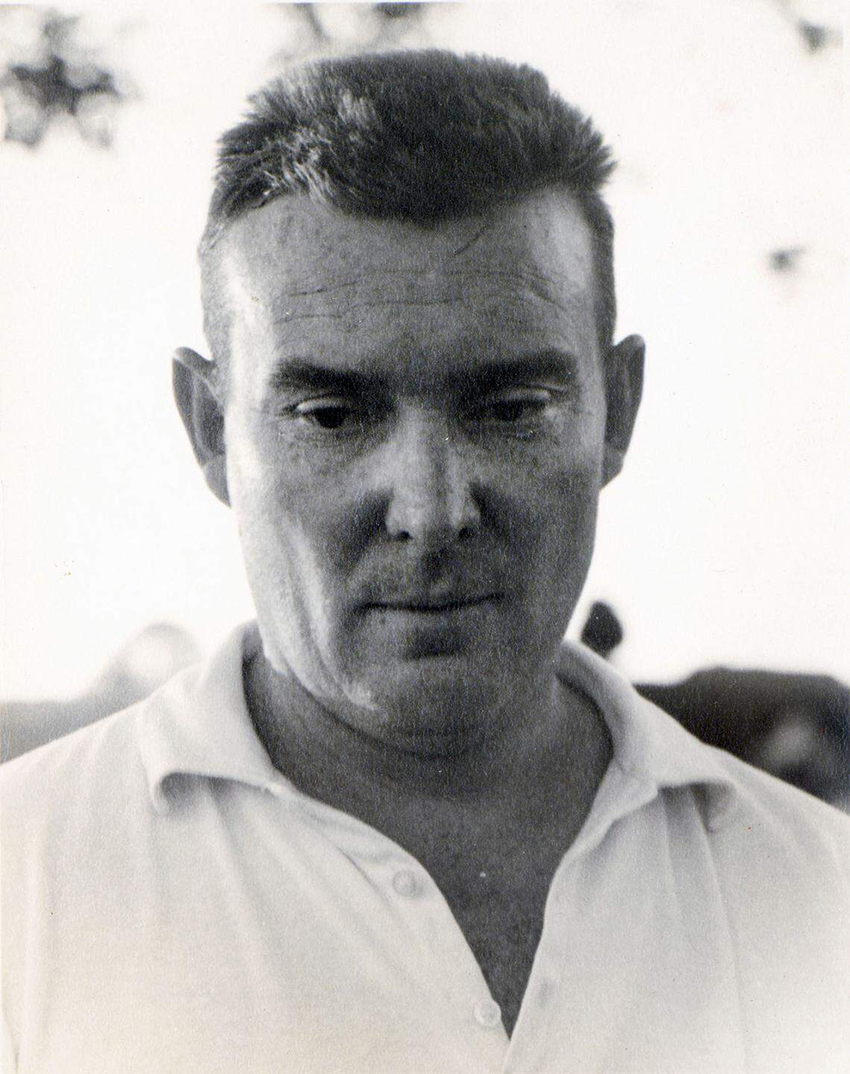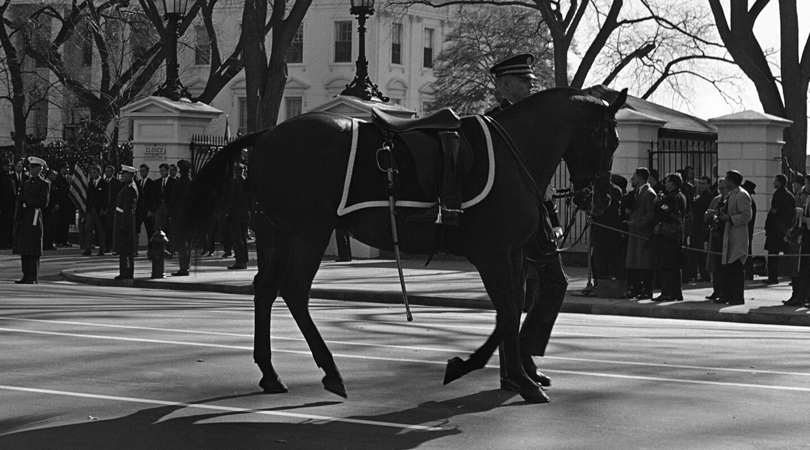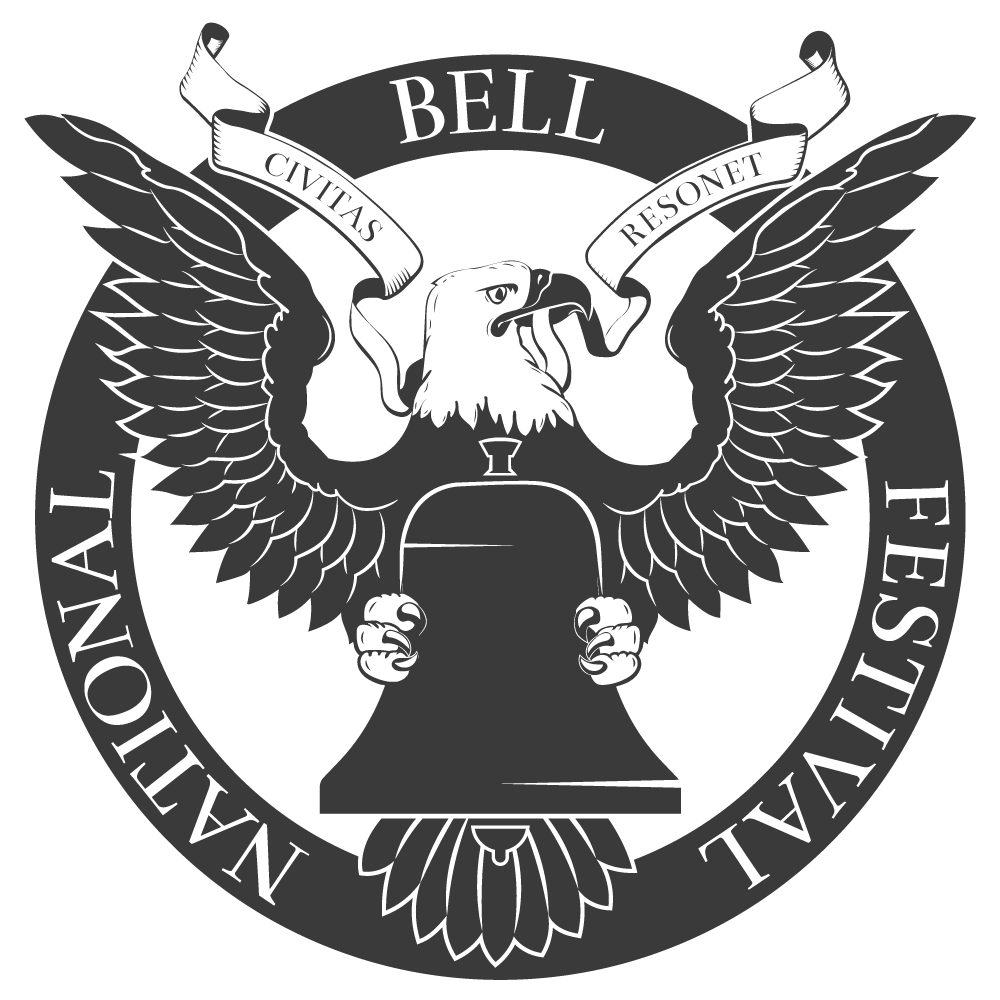On November 25, 1963, a bell at the Cathedral of St. Matthew the Apostle tolled with languid dignity as a widow draped in black passed below. Before her, a riderless horse. Still ahead, a flag-draped caisson carrying the body of a slain husband, father, and statesman.
The haunting scene of President John F. Kennedy's funeral cortège moving through Washington, D.C., has become a lasting image of national grief. Novelist and poet Robert Hazel, who witnessed the day's events, captured the atmosphere in his poem, “Riderless Horse” – a moving meditation on loss and memory, of presence made visible through absence.
The poem draws on the powerful symbol of a horse without its rider, a traditional emblem of mourning that appears in military funerals and processions, most notably in the ceremonies following the deaths of presidents and fallen leaders. Hazel uses this image not just as a literal spectacle, but as a metaphor for the void left behind when someone central is gone. The horse, adorned yet empty, embodies both the grandeur of collective mourning and the intimate ache of personal loss.

Image: Photograph of Robert Hazel (1921-1993). Courtesy: Lexington Herald Leader.
"Riderless Horse"
Excerpted from "Guard of Honor"
Robert Hazel
From Andrews Field you ride into the Capital.
A guard of honor escorts your sudden corpse
down an aluminum ladder.
Your widow stalks your body through an avenue
of bare sycamores, and one answering bell,
leading heads of state to altar and precipice.
On the birthday of your son, your widow
walks bars of a dirge on the pavement
towards fountain and abyss.
Among swords of sunlight drawn by the spokes
of the caisson
and the white manes of horses, she walks
into noon and midnight.
Above the muffled drums,
the high voice of a young soldier
tells the white horses how slow to go
before your widow and children, walking
behind the flag-anchored coffin—
and one riderless black horse dancing!
Cover image: Black Jack, a caparisoned black gelding from the Army's 3rd U.S. Infantry Regiment ("The Old Guard"), in President John F. Kennedy's funeral cortège on Nov. 25, 1963. A symbol of military honor with his empty saddle, reversed boots in the stirrups, and a saber, the riderless horse represents a fallen leader looking back on their troops for the last time.

